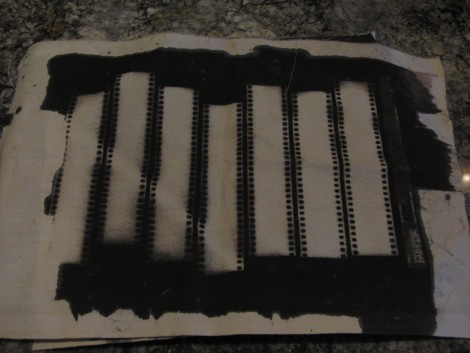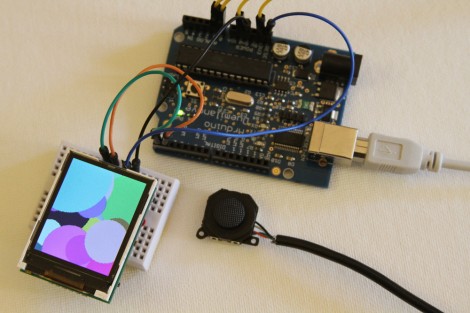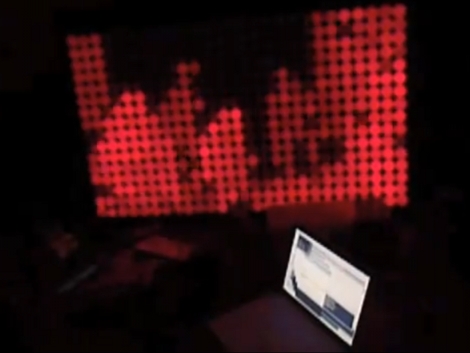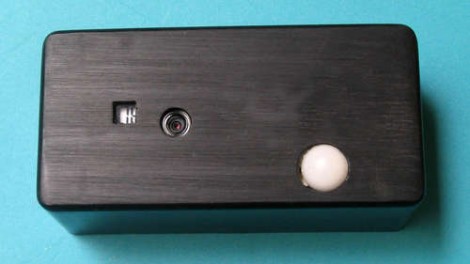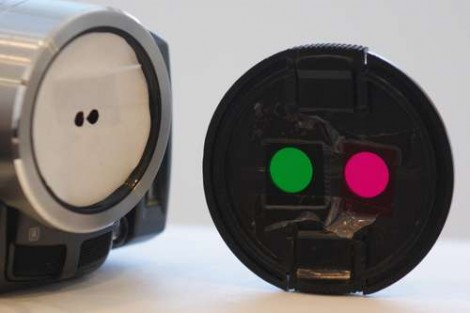
[ProfHankD] came up with a pretty easy way to take 3D photos using a single lens. He’s making Anaglyph images which use color filtering glasses to produce stereoscopic 3D effects. We’ve seen stereoscopic imaging hacks that use two cameras or a clever combination of mirrors, but this one uses a special filter and post-processing. [ProfHankD] drew up a template that can be used to properly align two colored filters, like those in the lens cap seen above. Once installed, just snap all the pictures you want and then hit them with your favorite photo editing software. This involves separating the color channels of the photograph and offsetting them to increase the depth of focus.
It’s a nice little process, and his writeup is easy to understand even if you’re not a hardcore photography guru.
[Thanks Paul]

